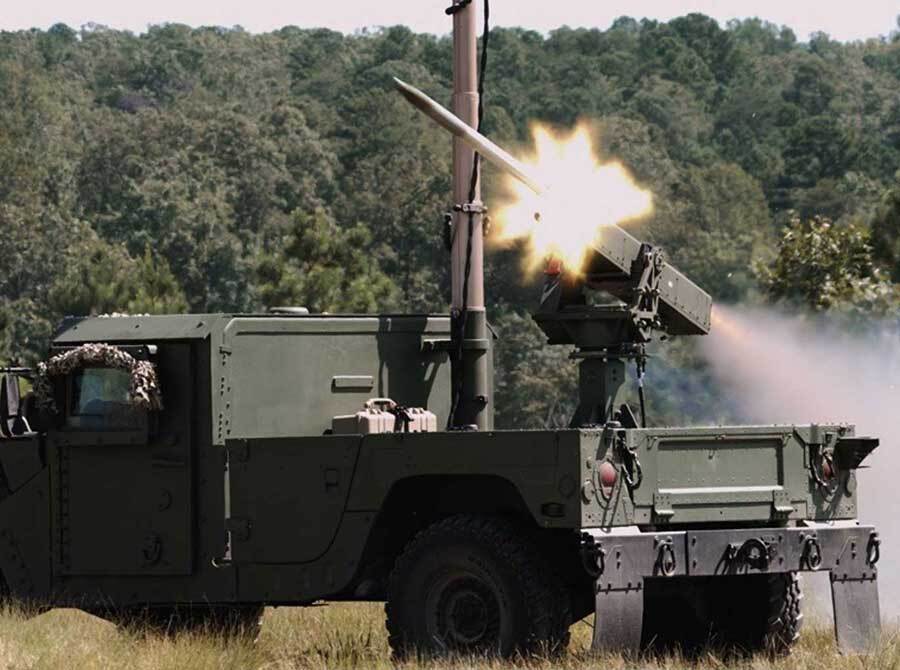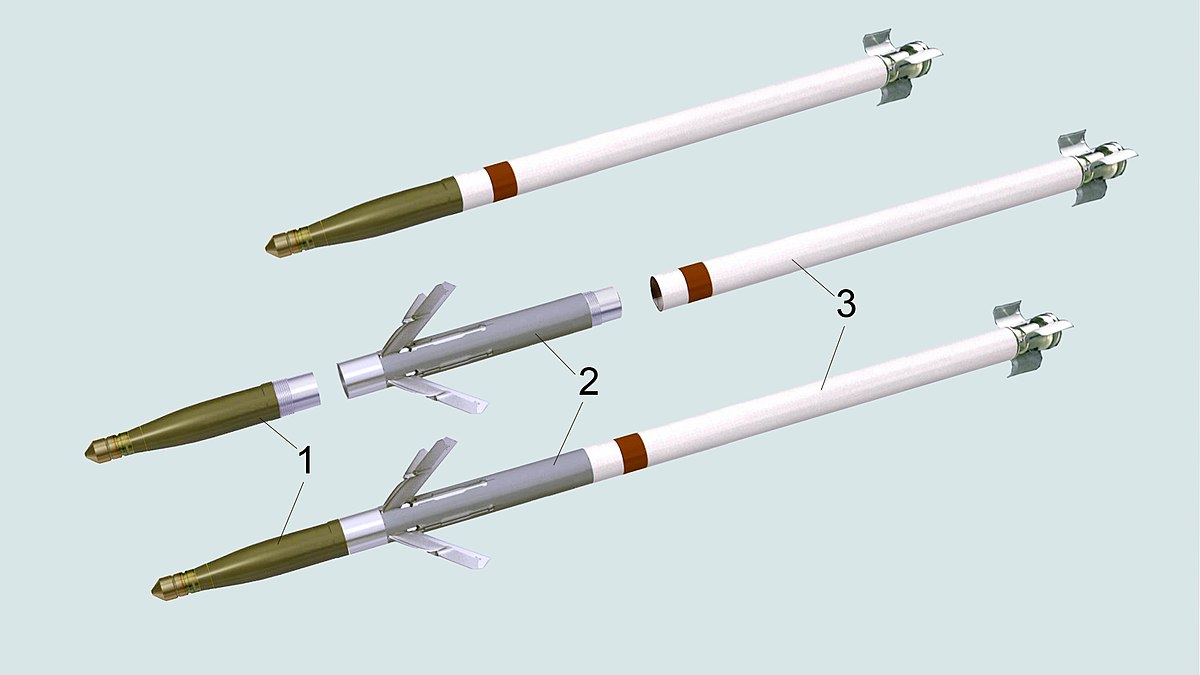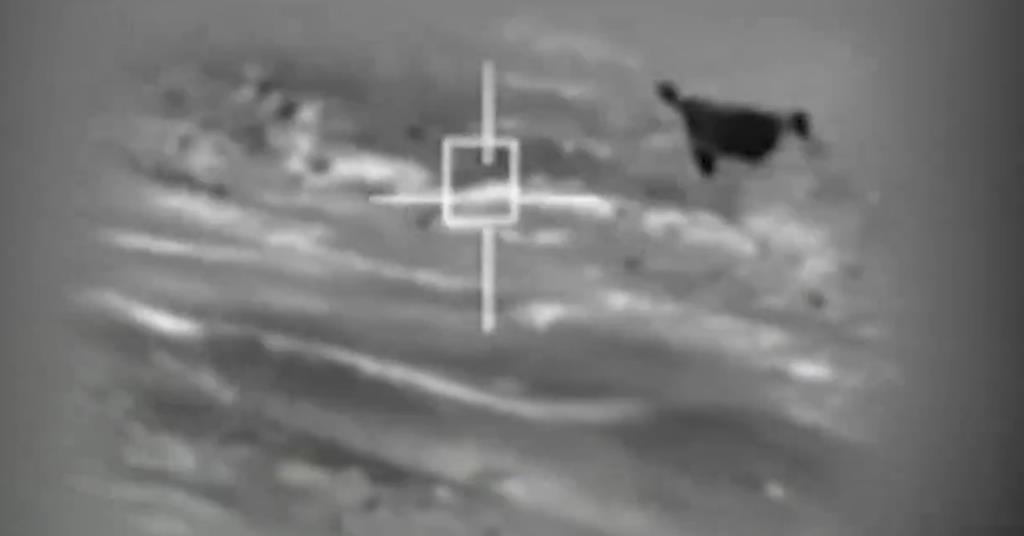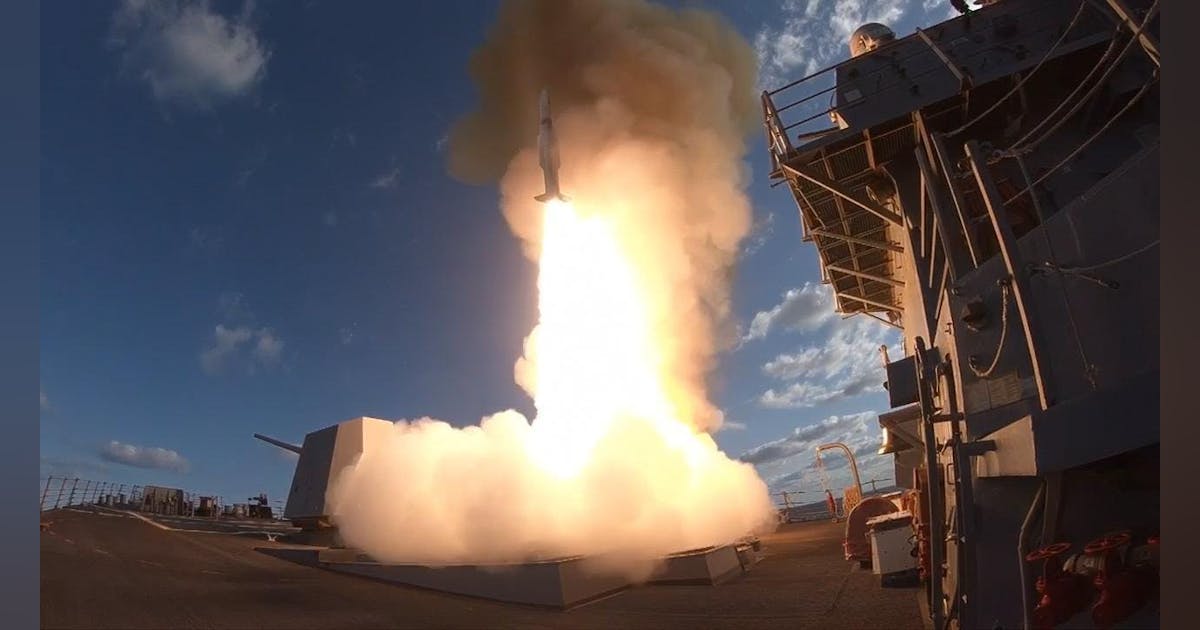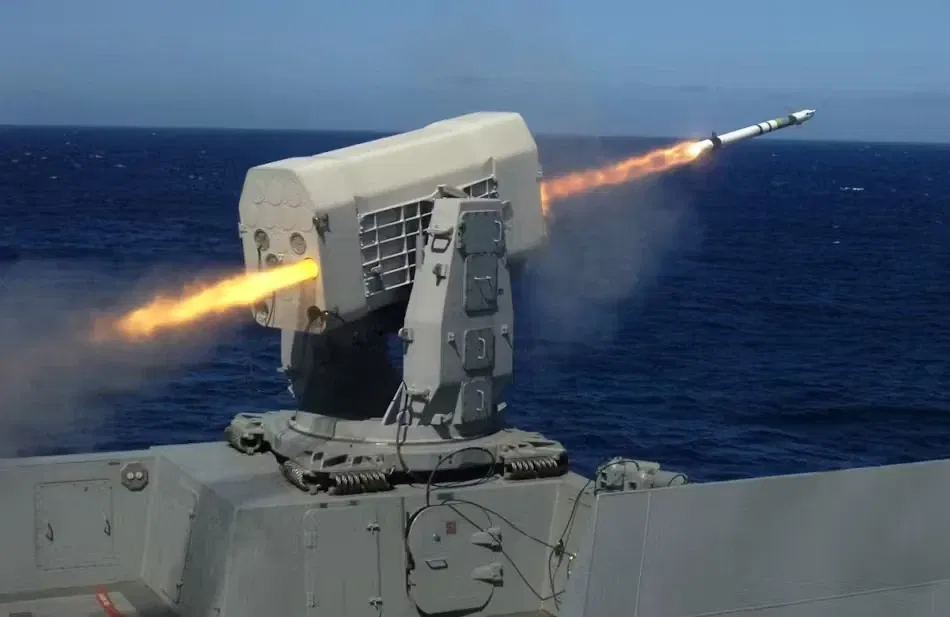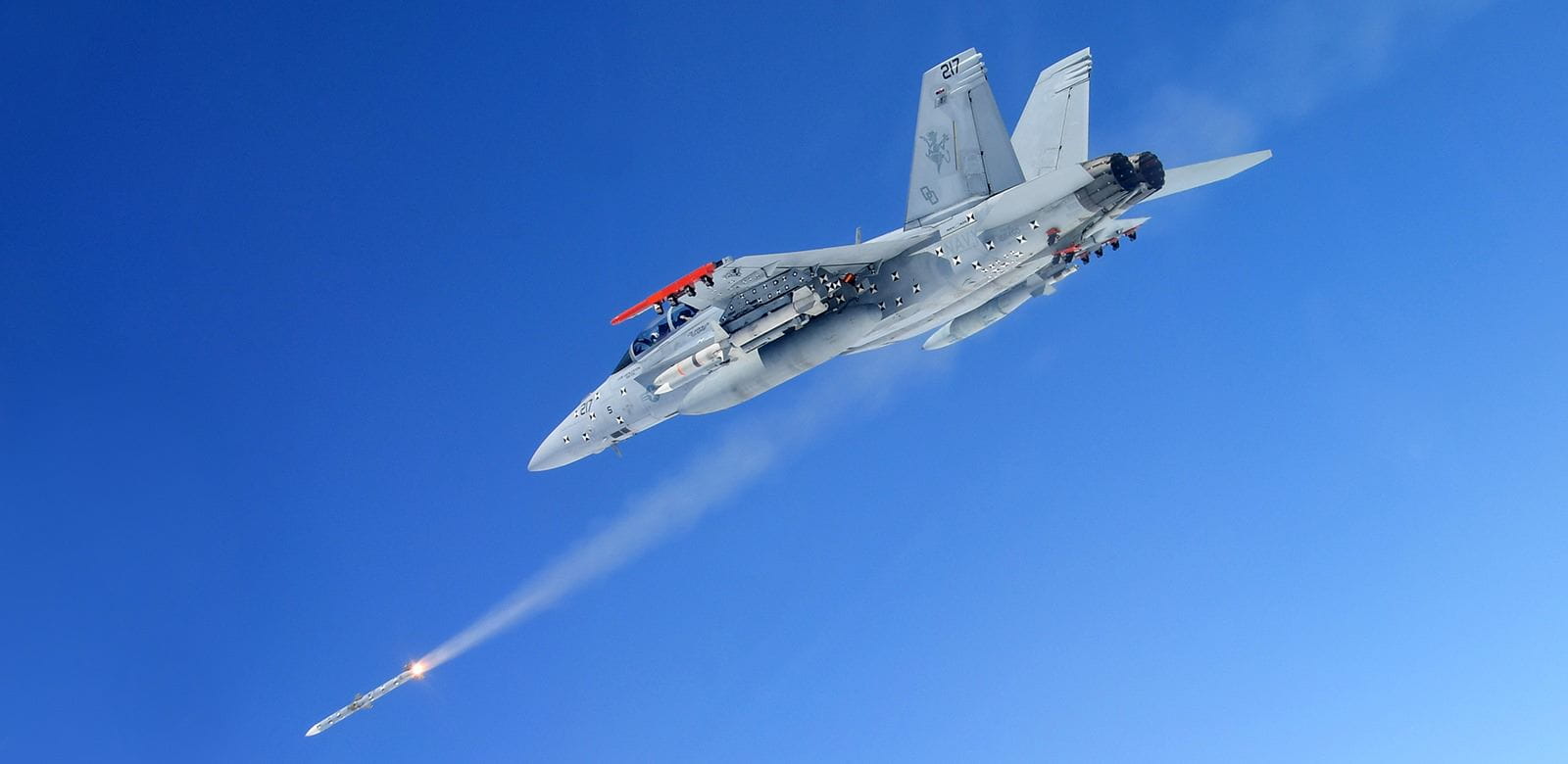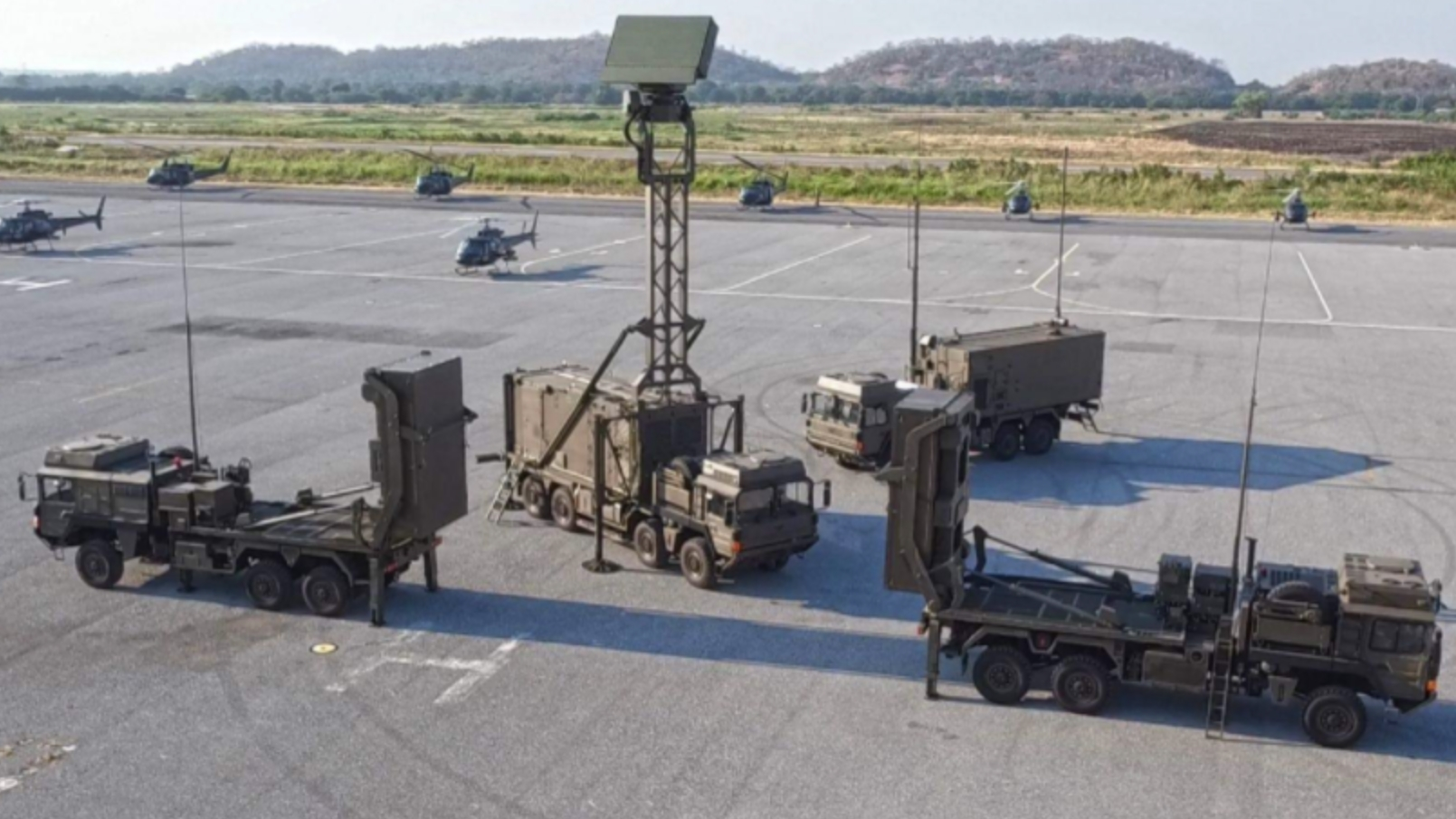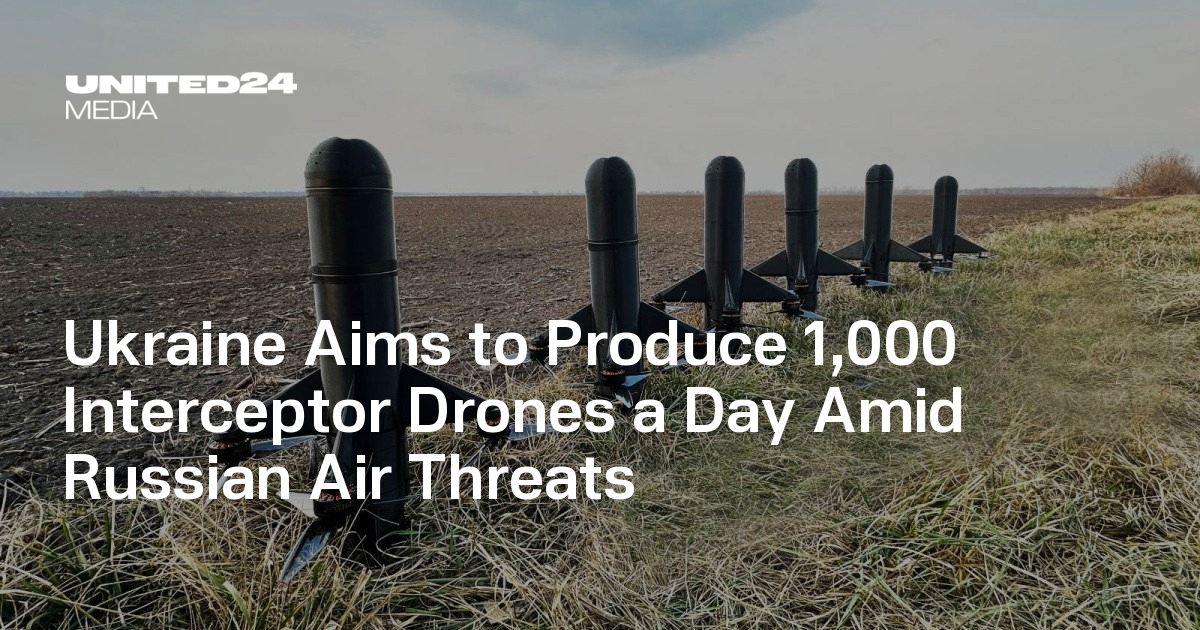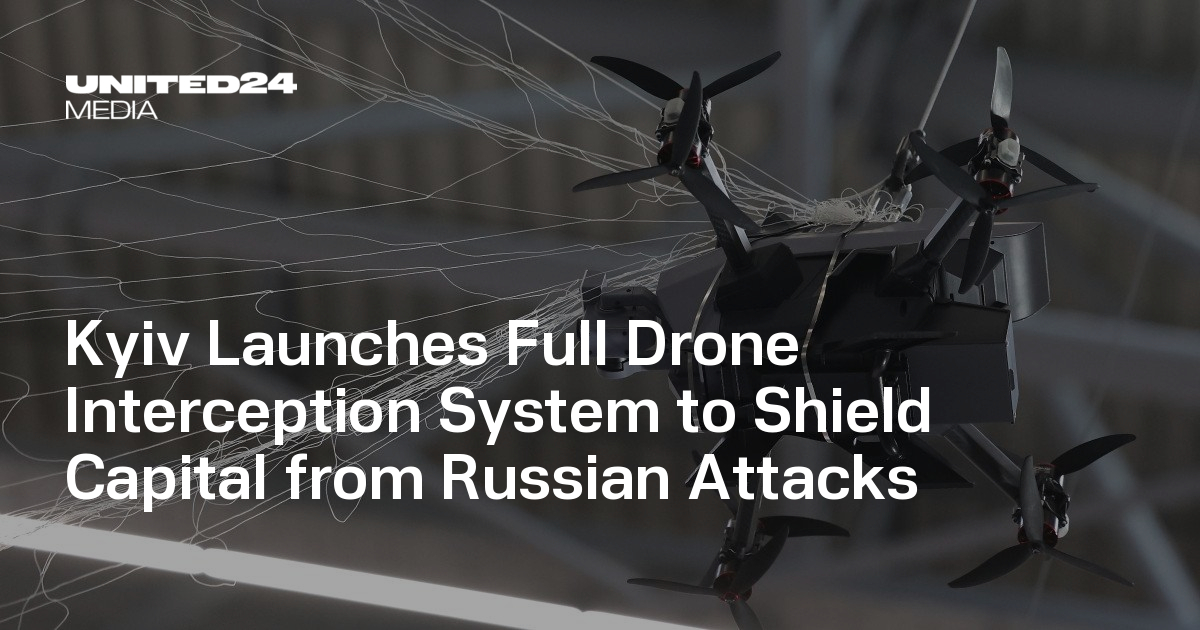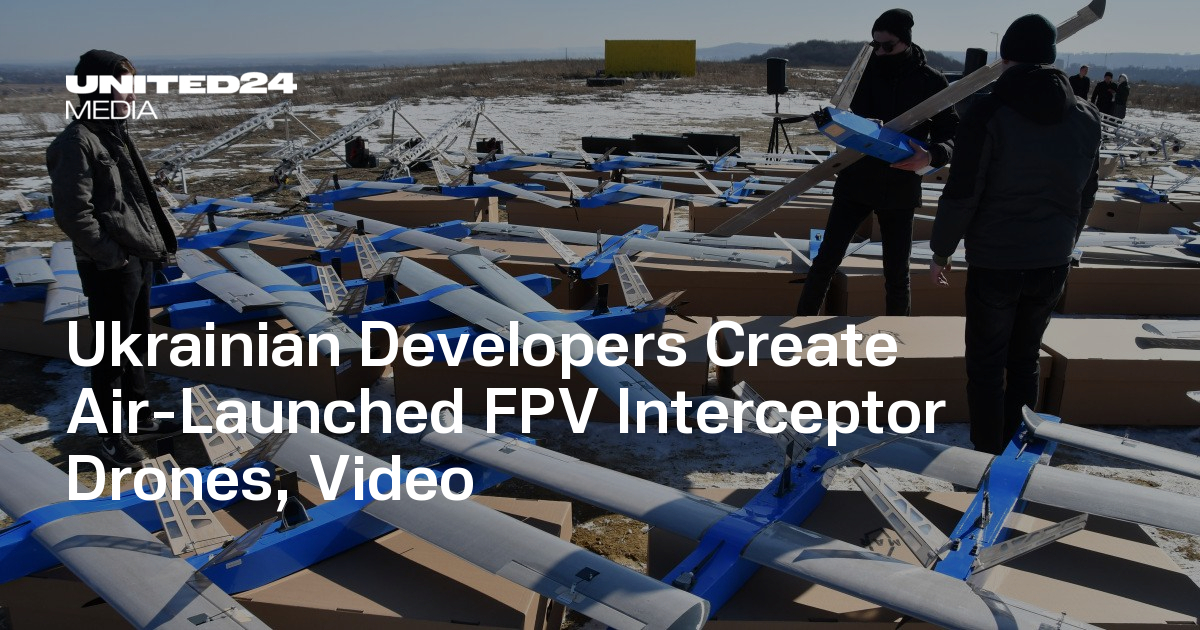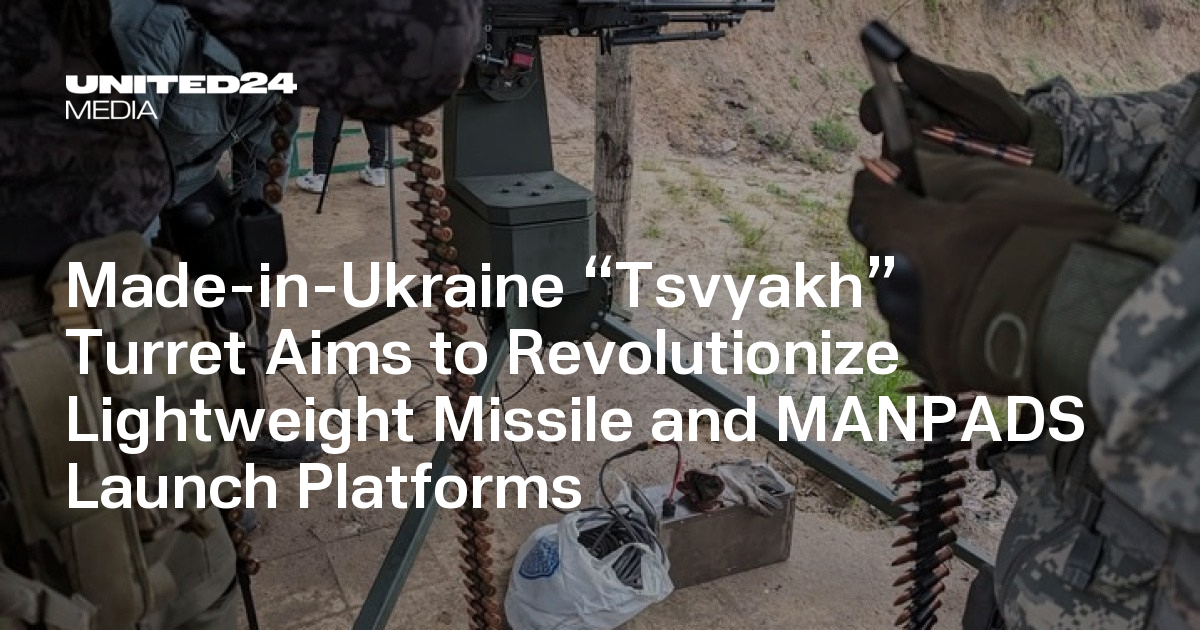PrairieFella
Army.ca Veteran
- Reaction score
- 3,588
- Points
- 1,110
Im not very knowledgeable on this but this is what makes sense to me.
Boeing tapped to continue work on new US Army air defense system
Boeing has been selected to move forward in the U.S. Army’s Indirect Fires Protection Capability (IFPC) Increment 2 Second Interceptor competition, the company announced. The program seeks to develop a new medium-range interceptor designed to defend forward operating bases anddefence-blog.com
As an expeditionary Army I'm thinking that our AD needs to focus on the SHORAD (to cover our maneuver forces) and a medium-range system similar to this to cover our FOB's. Do we need the longer-range (Patriot-type) systems for our expeditionary Army or only for homeland defence?
If only for defence of Canada (presumably under NORAD) should any long-range ground based AD (if we do procure such a capability) be an Army/Artillery asset our should it come under the RCAF?
The way I see it, any guns or line of sight missiles like Stinger should belong to maneouvre units, something like Gepard as an example for a gun system for immediate local defence against choppers, drones, etc.
Any ground based missiles that is beyond line of sight should belong to the Arty, say something like S-400 or that ground based CAMM system the Brits (I think) are developing. The Arty already has the radars and are experiences in beyond line of sight systems.
Any future strategic BMD systems should belong with the RCAF since they're integrated with NORAD anyways.


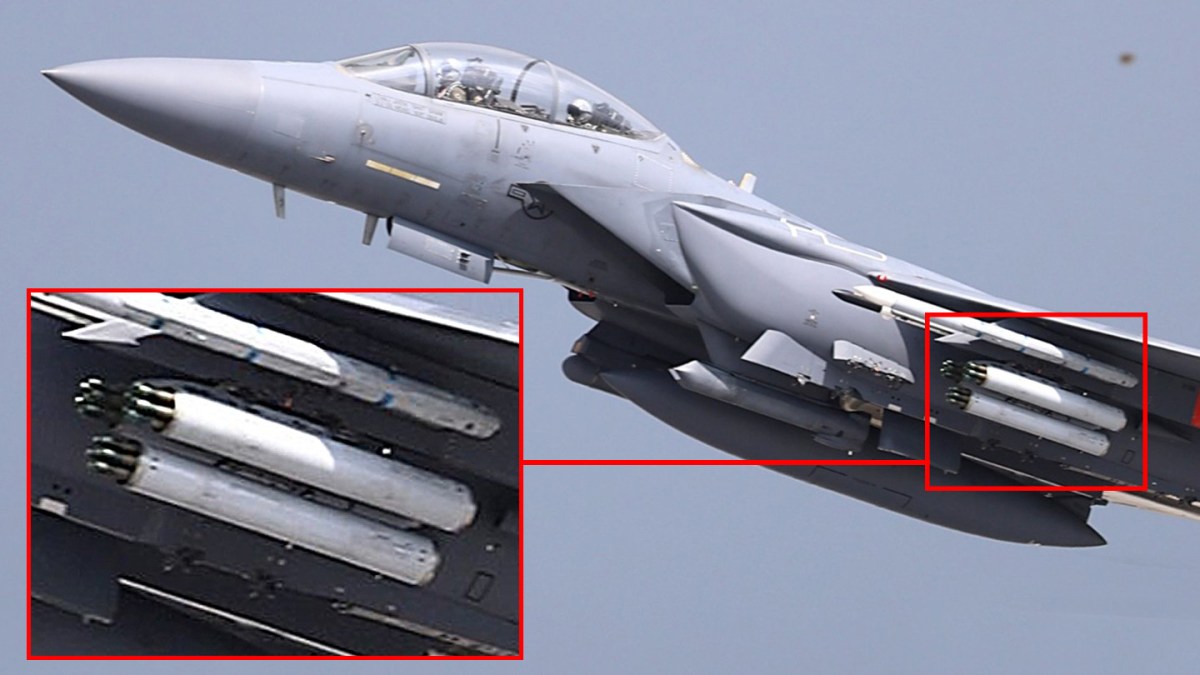




-69b59d47dbeaba8282816bfee26fa328.png)

